 “This martial art is about facing the enemies that reside within our own mind. Helping us to develop the courage and self-discipline to negotiate this life with the correct understanding of love and wisdom, so that in the end, we navigate life with dignity. This is the true nature of the spiritual
warrior"
“This martial art is about facing the enemies that reside within our own mind. Helping us to develop the courage and self-discipline to negotiate this life with the correct understanding of love and wisdom, so that in the end, we navigate life with dignity. This is the true nature of the spiritual
warrior" H.E. Prince Ratu Sri Acharya Vajra Kumara Pandji Sakti (1955 - 2004)
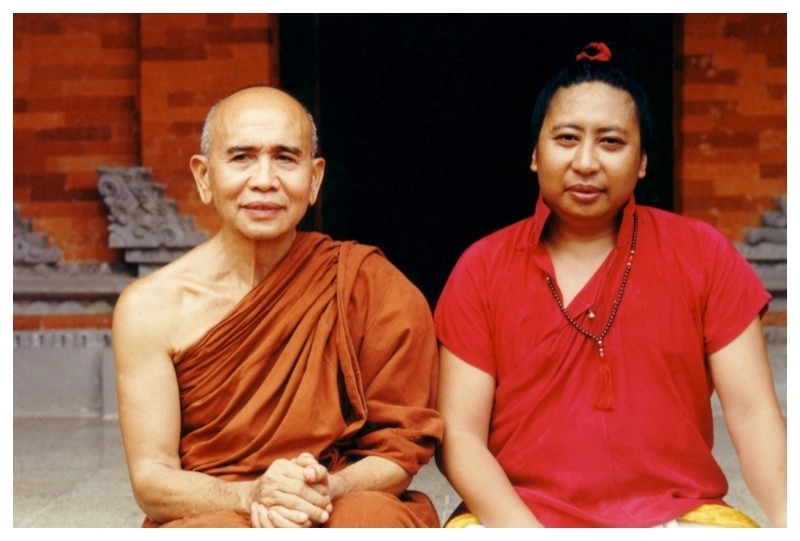 | |
| Bhante Thitaketukko with Prince Ratu Pandji Sakti at King Pandji Sakti Puri, Singaraja, Bali, Indonesia |
Pancha Tanmantra is a unique healing art form that utilizes ancient wisdom in order for practitioners to develop a healthy body, speech and mind. In this tradition, Tantra refers to the Master's transmission and proper application of the embodied wisdom which predates most records available to the general public. This ancient lineage and wisdom is still if not even more relevant in these modern times. One of the founders of Kinesiology, the late Dr John Thie, actually made a substantial offer to H.E. Prince Ratu Pandji Sakti for the possibility of purchasing the licensing rights to the art form due to its the practical embodiment and healing applications for both practitioners, students and clients of Kinesiology.
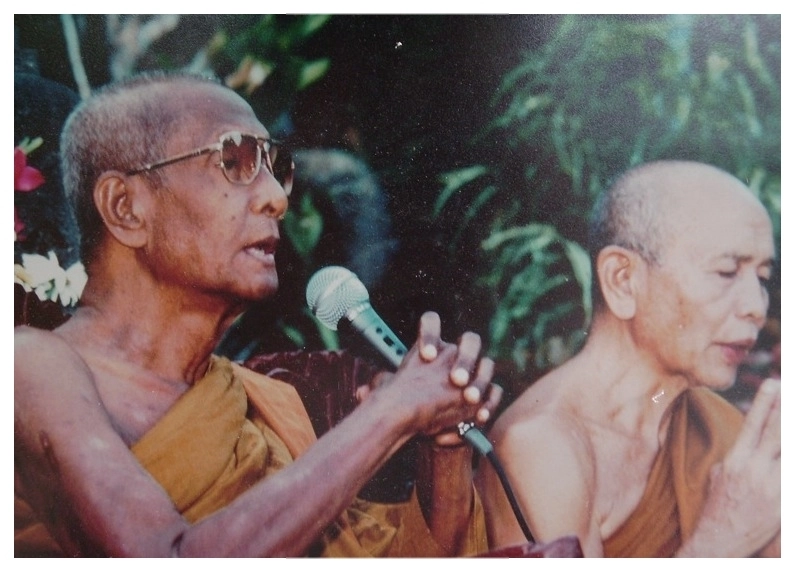 | |
| Ratu Giri Rakkhito with Bhante Thitaketukko |
The five elements relate directly to the balanced function of the physical body, organs, meridians or energy pathways as it activates and balances kundalini energy or life force, awakens the five senses, balances thoughts, emotions and feelings. Pancha Tanmantra is referred to as "the five subtle seeds of life" and it is the only Tantric Martial Art. As it originates from an ancient Royal Tantric Buddhist Lineage combining soft and hard movements, positive and negative emotions, balancing masculine and feminine energies, incorporates specific gestures, breathing and specific sounds as it was taught in the monasteries and Royal Courts for several thousands of years.
 |
| Wim Hof with Ki Arya Hanuman Buhdi Yantra Pandji Pandita |
This is the same lineage of Ratu Acharya Dharmakirti who was the Abbott at Sri Vijaya Monastery in Java, Indonesia. Ratu Dharmakirti was also known as Lama Tserlingpa, teacher of the famous Atisha the Indian Prince who propagated the Lamp of Enlightenment in Tibet and who was the same teacher of Naropa who eventually founded his 6 Yogas based on his profound studies and realizations as a practice to inspire monks on the path. Wim Hof has famously mastered one of Naropa's Yoga's know as Tummo or inner fire practice. Although most uninformed students of Buddhism assume that Tibet is the only authentic Buddhist lineage, this particular unbroken lineage precedes it by 1,500 years, which was pivotal in propagating the teachings of love and kindness to Tibet.
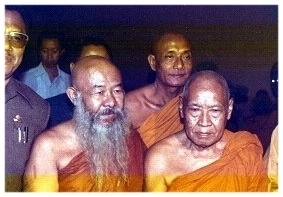 | |
| Bhante Jinarakkhita with Ratu Giri Rakkhito and Bhikkhu Agga Jinamitto |
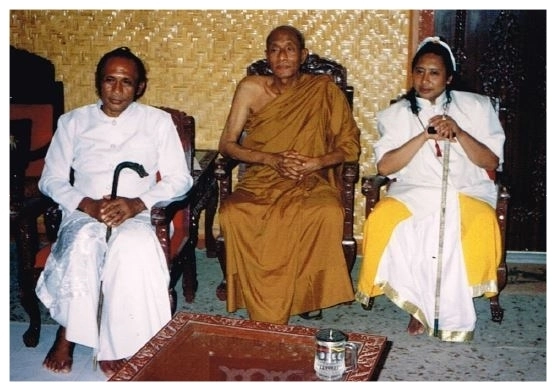 | |
| Ratu Oka Gede Kehmenuh and Ratu Giri Rakkhito with H.E. Prince Ratu Sri Acharya Vajra Kumara Pandji Sakti |
 |
| H.E. Prince Ratu Sri Acharya Vajra Kumara Pandji Sakti |
Ratu Giri quickly achieved Arahantship and became the lineage holder for South East Asia. Before he passed over, he consecrated H.E. Prince Ratu as his successor.
Ratu as we affectionately call him renounced his life as a prince to become a Buddhist Lama having been recognized from a young age. He studied various other Martial Arts since then and was a Doctor of Chinese and Unani Medicine which allowed him to realize, refine and revive the art form to its fullest potency.
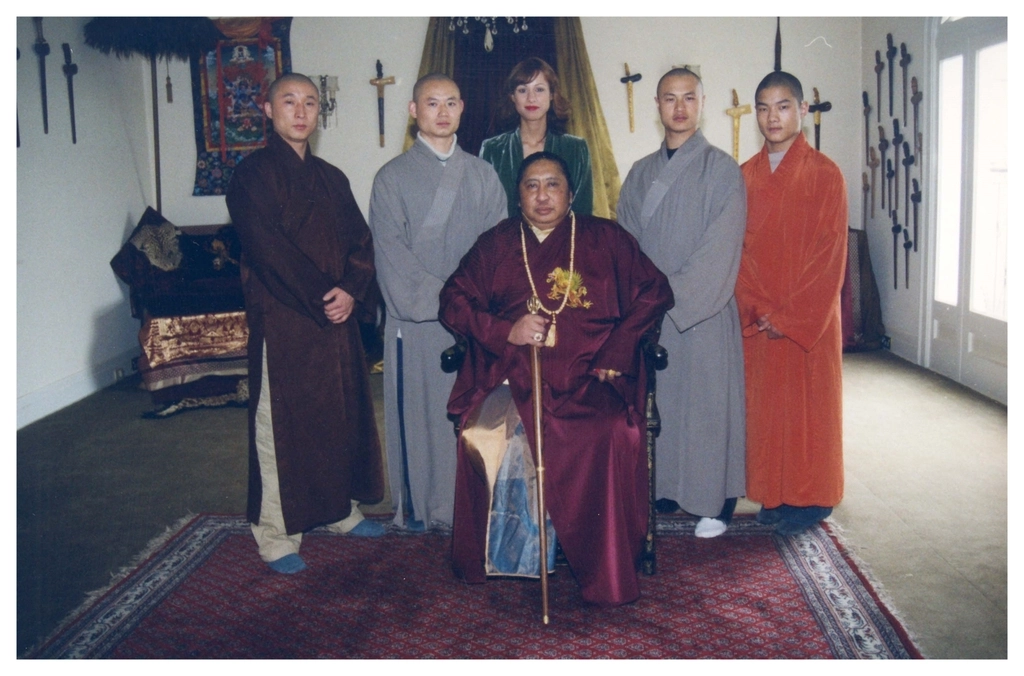 | |
| H.E. Prince Ratu Sri Acharya Vajra Kumara Pandji Sakti H.R.H. Princess Marianne Maetrie Vairocani Dewi Pandji Sakti with visiting Shaolin Monks at King Pandji Sakti House in Melbourne in 2003 |
This oral tradition explains the connection to Kung Fu with India, as this particular lineage is one of the oldest, so old that it is a secret to most.
After the historical Buddha realized enlightenment, the teaching of Buddhism traveled initially to ancient Greece around 400BC but it did not become mainstream due to the already accomplished academic schools of science, mathematics, medicine, astrology and cosmology during the classical golden era.
 |
| Shaolin Monk receiving Kris Blessing |
 |
| Dr John Demartini with Ki Pancha Rasa & Ki Arya Hanuman Budhi Yantra Pandji Pandita |
King Indrabodhi brought the art form of Pancha Vidya to complement the Buddhist monks sitting meditation practice whose minds are naturally swayed by mental and emotional dissociations.
Around 500AD a descendant of the same Indian royal family, a monk and master of this art form called Bodhidharma visited the sister school in Indonesia on his way to China. He spent many years in China at the famous Shaolin Temple where he was called Damo meaning Dharma.
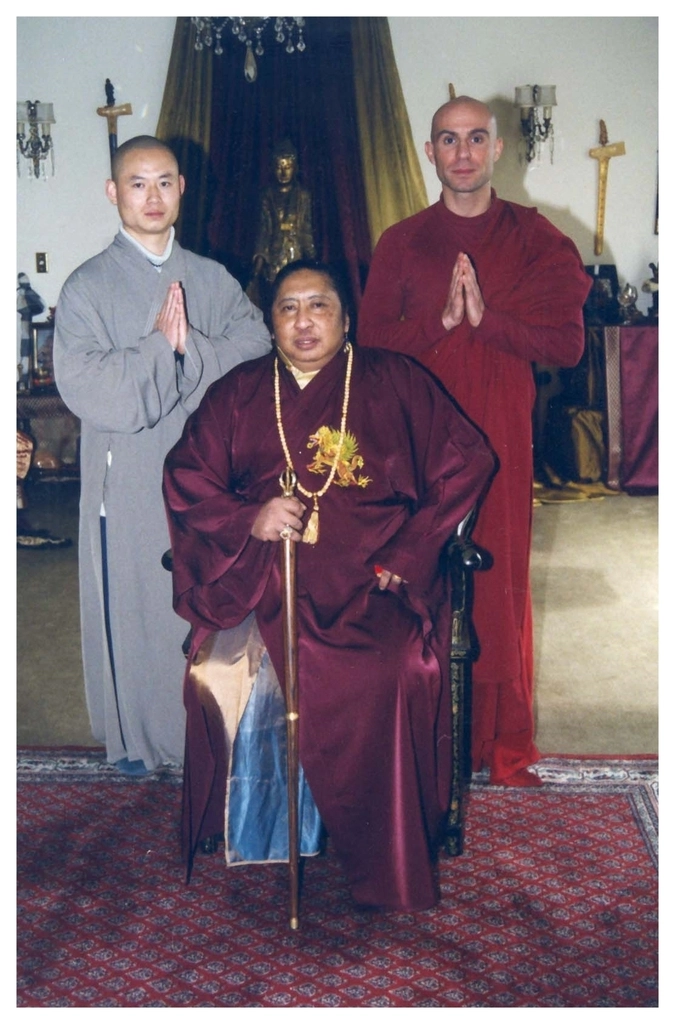 | |
| Ki Arya Hanuman Budhi Yantra Pandji Pandita with H.E. Prince Ratu Sri Acharya Vajra Kumara Pandji Sakti |
Being a highly realized master he refined Chinese Zen Buddhism by removing incorrect views, dualistic concepts, puritanism and false piety. Although some traditions claim he founded Kung Fu he actually introduced the 18 Luohan Hands System to the existing Kung Fu and propagated his mastership of ancient medicine.
In China he was known to have lived till the age of 150, his body vanished shortly after his death. Very few know that he then returned to the sister school at Sri Vijaya Monastery and ultimately dying in Bali, Indonesia at the age of 250.
In China he was known to have lived till the age of 150, his body vanished shortly after his death. Very few know that he then returned to the sister school at Sri Vijaya Monastery and ultimately dying in Bali, Indonesia at the age of 250.
Prior to his return to Indonesia, Pancha Vidya had propagated and evolved in a different direction having integrating with the local Islamic culture over time it eventually evolved to the more popularized style known as Pancha Silat.
Hindu-Buddhist migration due to the Islamic expansion in India and eventually Malaysia, eventually arrived in the Philippines archipelago in the 1st millennium, through the Indonesian kingdom of Srivijaya followed by Majapahit. Hence the secret connection between most lineages of martial arts in South East Asia, including Japanese "karate" as we can recognise specific elements, forms, weapons and applications as seen in "kali". Kali is the Philippine martial arts tradition that takes it name from the wrathful female Hindu diety, also known as "anis" or "escrima".
When Bodhidharma returned after having realized the light body, he went on to refine Pancha Vidya and renamed it to Pancha Tanmantra as it is known today.
This authentic practice was developed and designed over thousands of years to cater to each individual student's capacity. The art form has survived thousands of years through the guidance, protection and blessing of this unique and secret lineage as well as numerous virtuous realized beings.
Unlike most modern-day healing modalities that are constantly being created this has survived the test of time. Through practice, this art form nurtures and develops mindfulness, awareness, compassion, dignity, confidence, longevity, health, fitness, discipline, courage, suppleness, sexuality by balancing the masculine and feminine and promotes well being. It integrates our psychology with our physiology by aligning energy and balancing the emotions to help students practice a congruent, healthy and fulfilling lifestyle.
The practice of Pancha as it is affectionately called can strengthen, empower and balance the practitioner on many levels. Pancha means 'five' and Tanmantra means 'subtle seeds of life'. Practitioners of this art form develop a deeper sense of being, body awareness and harmony that generates an authentic and disarming charisma.
Students not only learn a sophisticated, beautiful and refined art form through these ancient movements but also directly experience one's subtle body to gain a sensory and emotional intelligence.
Each movement, gesture and sound articulate and nourish the body, mind and spirit. The union of these specific movements, breath and sound where passed down by many great masters and sages designed to ignite one's light body through the energy pathways within one's physical body.
The format of the classes is taught as it was thousands of years ago. It became known as the training of the Bodhisattva or spiritual warrior. Hence why it is referred to as the Path of the Bodhisattva and can only be learned through the blessings of this authentic royal lineage.
This Art Form is the Heart Tantra of All Martial Arts.
When Bodhidharma returned after having realized the light body, he went on to refine Pancha Vidya and renamed it to Pancha Tanmantra as it is known today.
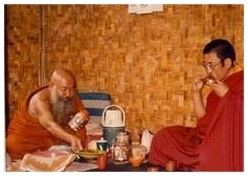 | |
| Bhante Jinarakkhita with Thrangu Rinpoche 1984 |
Unlike most modern-day healing modalities that are constantly being created this has survived the test of time. Through practice, this art form nurtures and develops mindfulness, awareness, compassion, dignity, confidence, longevity, health, fitness, discipline, courage, suppleness, sexuality by balancing the masculine and feminine and promotes well being. It integrates our psychology with our physiology by aligning energy and balancing the emotions to help students practice a congruent, healthy and fulfilling lifestyle.
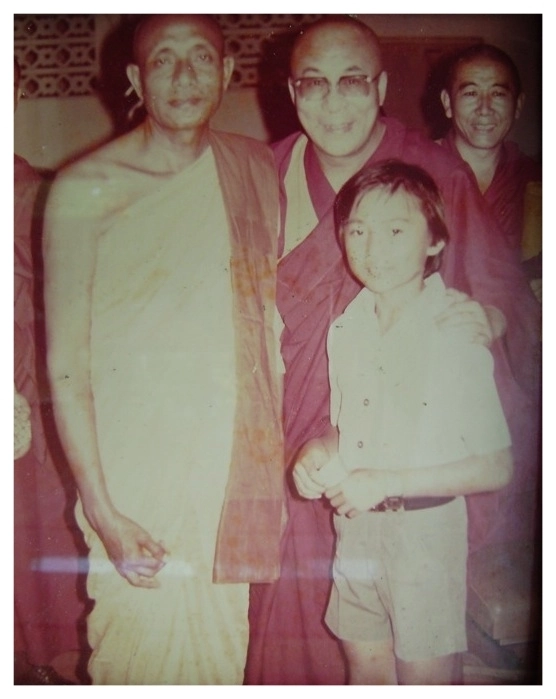 | |
| Ratu Giri Rakkhito Mahatera with The Dalai Lama at Brahma Vihara, Singaraja, Bali, Indonesia |
Students not only learn a sophisticated, beautiful and refined art form through these ancient movements but also directly experience one's subtle body to gain a sensory and emotional intelligence.
Each movement, gesture and sound articulate and nourish the body, mind and spirit. The union of these specific movements, breath and sound where passed down by many great masters and sages designed to ignite one's light body through the energy pathways within one's physical body.
The format of the classes is taught as it was thousands of years ago. It became known as the training of the Bodhisattva or spiritual warrior. Hence why it is referred to as the Path of the Bodhisattva and can only be learned through the blessings of this authentic royal lineage.
This Art Form is the Heart Tantra of All Martial Arts.


